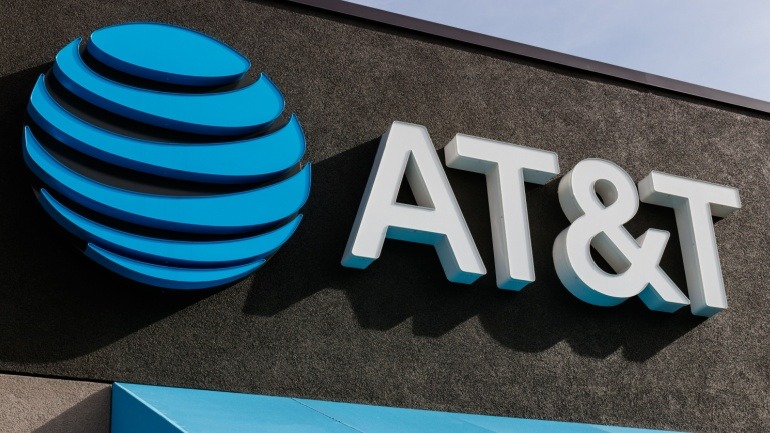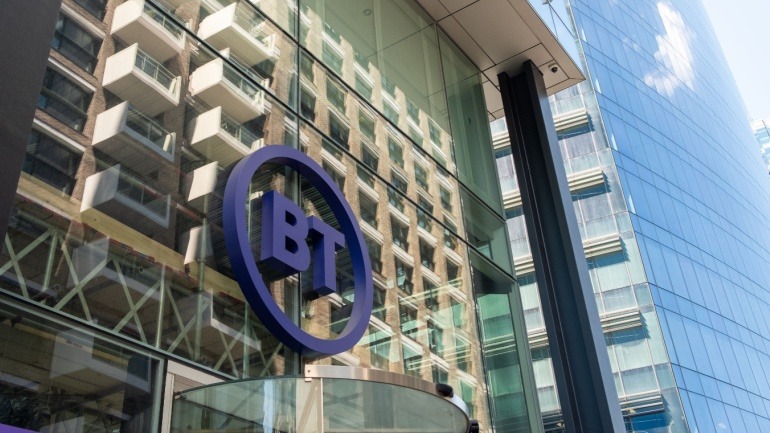As the UK government continues to invest heavily in “Project Gigabit”, headed by Simon Blagden, Chair of Building Digital UK, projects with an aggregate worth of £2 billion are currently under implementation. The core objective of this endeavour is the widespread expansion of high-speed broadband access for communities that are difficult to reach, by infusing adequate connectivity in those regions. The target is what the government refers to as ‘lightning-fast gigabit-capable broadband’.
By achieving this impressive feat, the government aims to lay enough fibre to go around the world five times by 2025, thus connecting about 80% of the nation. The remaining 20%, largely comprising rural areas, will need a fibre amount almost the same as the existing quantity.
Representatives from the Department for Science, Innovation and Technology (DSIT) have expressed satisfaction for the successful distribution of the first 100,000 Gigabit Broadband vouchers under the Voucher Scheme. Panel discussions with Bladgen clarified the nature of the technologies deployed for ubiquitous accessibility in the UK.
Blagden stated: “The vast majority of the country can already access speeds to get on with everyday tasks like streaming movies or working from home, with 97% of the UK in reach of a superfast connection. Superfast speeds are more than enough for most people’s needs”. He however emphasized that the goal was to future-proof Britain’s connectivity to ensure uninterrupted access to people for decades to come.
For the most far-flung locations, DSIT has introduced an auxiliary fund that will facilitate satellite connectivity to about 35,000 of the remotest premises in the UK. The scheme, which will begin inviting applications from Autumn 2023, received a hearty welcome.
For enhancing the coverage of Project Gigabit, Building Digital UK has been developing the Shared Rural Network in collaboration with the UK’s four principal network operators – EE, Three, VMO2, and Vodafone. With this, the government has been able to level-up connectivity across the country.
Considering Project Gigabit’s targets, the initiative seems to be on steady ground with government-commercia collaboration. Blagden shared that, over 77% of homes and businesses in the UK now have access to gigabit-capable broadband a quantum jump from just 6% recorded in January 2019. He expressed contentment over the progress made so far and cross-sector collaborations achieved under Project Gigabit.
The initiative forms part of a broad programme to allow future-proof connectivity, enabling families to stream high-definition movies, TV shows, video games etc simultaneously with maximum speed. Furthermore, this initiative had the potential of fueling business growth as it enables start ups to thrive from any location in the UK.
The journey of Project Gigabit so far is indeed worth applauding. Building Digital UK has initiated live procurements aimed at enhancing broadband connectivity for over 780,000 premises. The 27 live procurements, along with 12 live contracts, represent over £2 billion of the investment to power the gigabit-capable broadband to more than 1.1 million premises in hard-to-reach areas across the UK.
As the importance of broadband access particularly heightened during the Covid-19 pandemic, Project Gigabit’s critical progress requires thorough observation. The government’s decision to explore Low Earth Orbit (LEO) satellite internet, a connection reliant on radio frequency between satellite and antennas, is generating anticipation across the industry.
Pioneers in the telecom industry continue to weigh on these developments. Laying fibre requires a longer investment commitment in terms of time and resources. Although some opine that LEO end-user terminals and subscription pricing are more costly and lack in reliability as compared to fibre.
While addressing connectivity gaps through broadband expansion, precisely improving 4G is the government’s chosen path for future-proofing the nation’s mobile technology. With the risk of replacing 4G with 5G in areas with unwavering connectivity, the government might inadvertently solidify a digital divide in the future.







